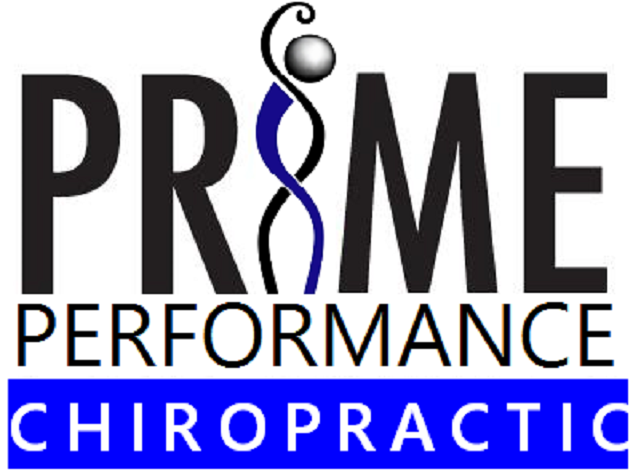Hip Flexors & Lower Back Pain
Lower back pain is usually due to tight hip flexors. That is why most traditional therapy is not fully effective. They treat the symptoms, not the problem.
How the Hip Flexors Cause Back Pain
- Sitting for long periods of time shortens the hip flexors
- Slouching in your chair and relaxing your core add to the stress
- As you begin to get up, the hip flexors pull you forward because they are tight
- You see hunched posture in the elderly, not because of age, but because they tend to sit for long periods of time
- When we force ourselves to stand up straight we get that intense shooting pain in our lower back
- Our shortened hip flexors cause compression of the discs and facet joints along with tightening of the lower back muscles
Symptoms of Hip Flexor Dysfunction
- The problem starts simple and benign. Usually without pain. Then it grows.
- A little pain across the lower back
- An ache in the lower back if they sit too long
- Pain or clicking in the hip
- Pain the first thing in the morning that subsides as you get up from bed
- Pain or discomfort just as you begin to stand up from a seated position
- Unable to stand up straight without pain
How to Treat Hip Flexor Dysfunction
- Cold pack– applied to hip flexor soreness if it is inflamed or swelled, especially if you suffer from an acute injury, such as a groin pull. This constricts your blood vessels and reduces sensitivity and pain.
- Hot pack– applied for chronic hip flexor soreness and stiffness. This increases blood flow and tissue elasticity, reducing the sensitivity and increasing hip mobility.
- Myofascial release and stretching– used to break apart tissue adhesions around your muscles and joints that cause pain and stiffness
- Corrective Exercise– improve joint mobility and strengthen weak muscles and movement patterns that cause the pain
- Chiropractic Manipulation– Some of the larger hip flexors attach to the lumbar spine. Adjustments to the lumbar region will help reduce pressure on the nerves and improve function of the muscles and joints

Hi, this is a comment.
To get started with moderating, editing, and deleting comments, please visit the Comments screen in the dashboard.
Commenter avatars come from Gravatar.